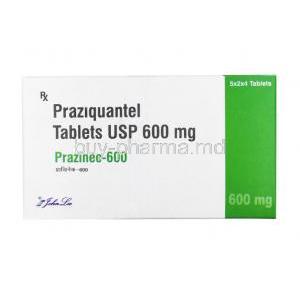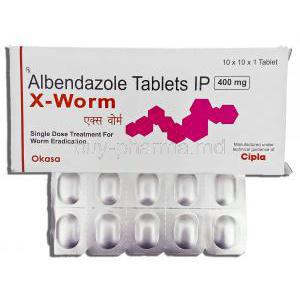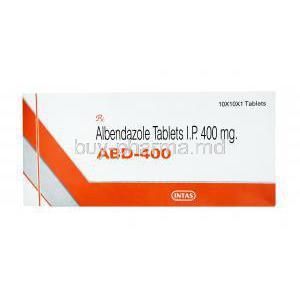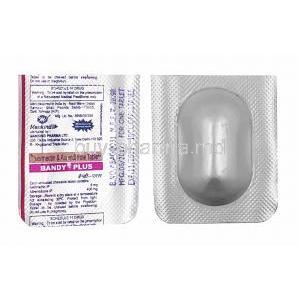Permethrin Soap
- I. Introduction
- II. Composition
- III. Uses
- IV. Off-Label Use
- V. How it Works
- VI. Dosage and Administration
- VII. Side Effects
- VIII. Common Side Effects
- IX. Interaction
- X. Warning and Contraindications
- XI. Careful Administration
- XII. Important Precautions
- XIII. Administration to Elderly
- XIV. Administration to Pregnant Women and Nursing Mothers
- XV. Administration to Children
- XVI. Over Dosage
- XVII. Storage
- XVIII. Handling Precautions
I. Introduction
The use of Permethrin Soap in the field represents a significant step forward in dermatological care. This topical remedy, containing the chemical permethrin, has played a crucial role in treating parasitic infections such as scabies and lice. Its creation, based on research and clinical trials has opened up new possibilities in dermatological treatments.
The historical importance of Permethrin Soap is noteworthy; starting out as an insect killer before becoming an essential element in human skin therapies. This transformation highlights its role in addressing common skin issues that have a substantial impact on the well-being of those affected.
II. Composition
Key Ingredients; Permethrin Soaps effectiveness is centered around permethrin, a man-made substance that mimics the insect-killing qualities found in extracts from the chrysanthemum flower. The amount of permethrin used is carefully adjusted to achieve results while minimizing any potential negative effects.
Inactive Components; Alongside the ingredient, a variety of inactive components play important roles in the soaps formulation. These ingredients have functions such as stabilizing the active compound and enhancing the sensory characteristics of the product.
Creation Production: The intricate process of transforming materials into a powerful therapeutic soap involves advanced manufacturing techniques. Stringent quality control measures are, in place to ensure that each batch meets the standards expected by healthcare providers and patients alike.
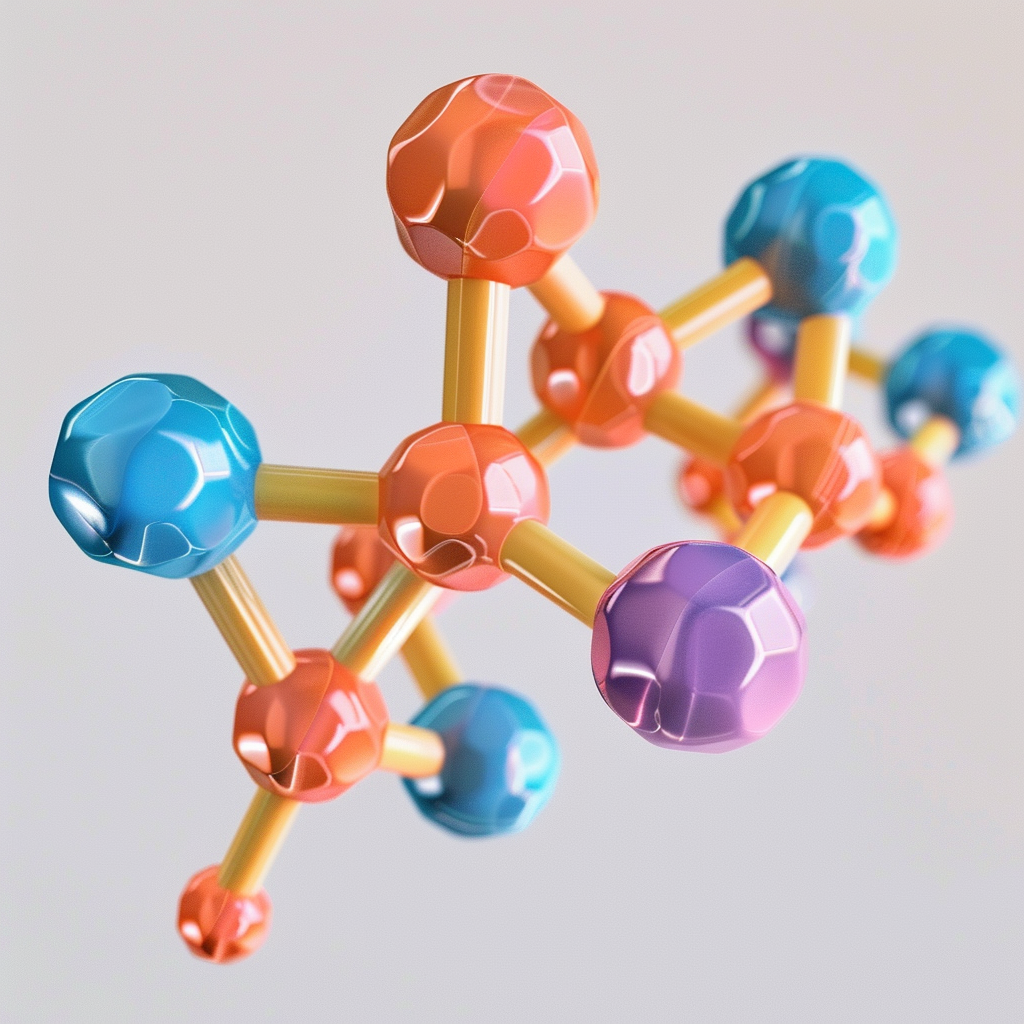
III. Uses
Permethrin Soap is indeed a versatile topical medication with several applications.
- Scabies Treatment:
- Scabies is a skin condition caused by tiny insects called mites that infest and irritate the skin. Permethrin Soap is specifically used to treat scabies.
- It works by paralyzing and killing the mites and their eggs.
- Generally, the cream should be applied to the whole body except the face and head, as advised by your doctor. After 8-12 hours, it should be thoroughly washed off.
- Often, one application is sufficient to treat the condition completely, but sometimes a second application may be required a week later.
- It effectively gets rid of the itching, swelling, and redness caused by mites. However, dead mites may still cause itching for some time.
IV. Off-Label Use
Permethrin Soap is commonly used for its known applications. It also has other uses that expand its effectiveness.
- Preventing Insect Bites: Permethrin acts as a protective shield against insect bites. When applied to clothing or gear, it repels and kills insects like mosquitoes, ticks, and chiggers.
- Alleviating Skin Conditions: Beyond scabies treatment, it can help alleviate skin conditions associated with insect bites and infestations.
V. How it Works
VI. Dosage and Administration
Permethrin Soap is administered in a way that suits age groups and skin conditions, allowing a wide range of patients to experience its healing properties. Proper application methods and treatment duration play a role in achieving the best results, and detailed instructions for reapplication are provided to avoid reinfection.
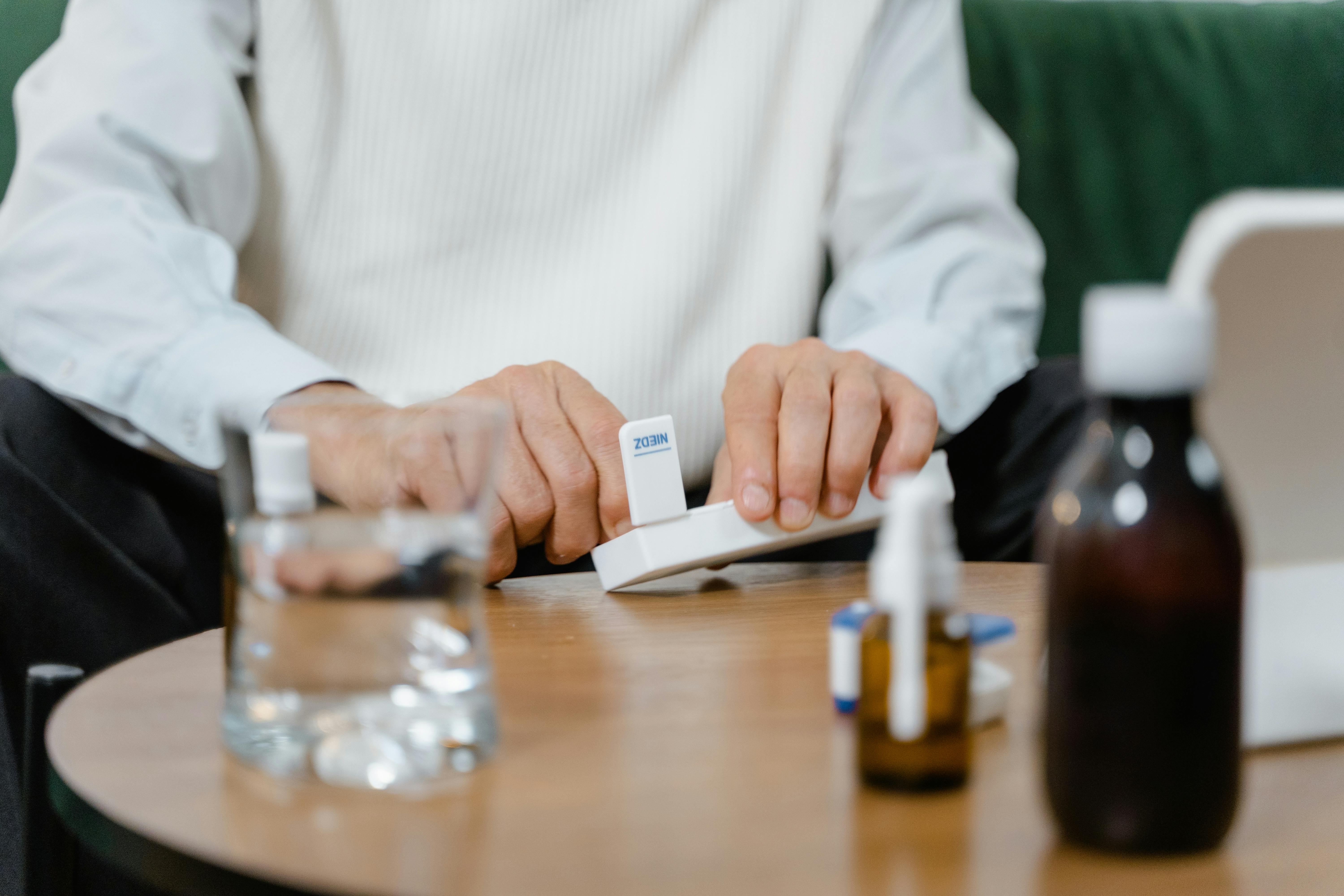
VII. Side Effects
Even though Permethrin Soap is well known for its effectiveness it does come with side effects. These may include skin irritation and reactions of sensitivity, as well as occasional neurological and systemic side effects. It's crucial for both patients and healthcare providers to be aware of and comprehend these negative impacts.
VIII. Common Side Effects
Commonly reported negative responses consist of itchiness, redness and swelling in the area of application. A few people might feel stinging or face dryness in the skin and scalp. These usual side effects are usually controllable. Tend to improve with ongoing usage or at the end of the treatment period.
IX. Interaction
The effectiveness of Permethrin Soap for treatment is significant. Its important to be careful about using it with other medications. Using topical treatments at the same time could lead to unexpected chemical reactions that might reduce the effectiveness of permethrin. Also when using permethrin along with skin products there's a risk of increased absorption into the body so it's important to be careful in how you apply them. It's also crucial to be cautious when combining supplements and, over the counter medicines to avoid any negative interactions.
X. Warning and Contraindications
Permethrin Soap is usually considered safe. It should not be used by people who have a known sensitivity to permethrin or any of its ingredients. Some skin and overall health conditions may also make it unsuitable for use, highlighting the importance of consulting a healthcare professional before starting treatment. Additionally it's important to consider wildlife factors due, to the strong insecticidal effects of permethrin in order to prevent any unintended harm to ecosystems.
XI. Careful Administration
- Special care should be taken when using Permethrin Soap on skin areas that are prone to irritation.
- Adjustments to the routine are necessary for skin that is already affected by sunburn or skin conditions to prevent worsening of the situation.
- Weather conditions in warm and humid environments influence specific instructions to enhance the effectiveness of treatment and ensure patient comfort.
XII. Important Precautions
It's really important to take precautions to protect parts of the body like the eyes, nose, mouth, and private areas. Make sure to wash your hands after applying any products to reduce the chances of spreading germs. Also remember to pay attention when washing and taking care of your clothes and bedding to stop any bugs from coming back again.
XIII. Administration to Elderly
The elderly population might require changes in the amount and timing of medication due to the ways drugs are processed and their effects observed in this age group. It is recommended to check for skin condition and sensitivity as well as carefully evaluate possible interactions with medications commonly given to older patients.
XIV. Administration to Pregnant Women and Nursing Mothers
Evidence from real-life experiences and rules set by authorities shape the decision-making process regarding the application of Permethrin Soap by mothers and those who are breastfeeding. The classification of this product within the FDAs pregnancy category provides insight into its safety features, with specific advice on its usage during pregnancy and breastfeeding being outlined. The main focus is on understanding how it may affect the development of babies and nursing infants which underscores the importance of carefully weighing the risks, against the potential benefits.
XV. Administration to Children
Children are a group of patients who need care because they may react differently to medications compared to adults. It is crucial to provide the doses and follow specific guidelines to minimize any unwanted side effects. Constant monitoring and safety precautions are essential to achieve treatment results without any negative consequences. Providing tips to caregivers about using permethrin soap highlights the importance of taking a careful and detailed approach when caring for children.
XVI. Over Dosage
In cases of taking too much medication, it's important to seek medical help right away. Signs of exposure may include increased skin irritation, issues with the nervous system, and overall effects on the body. Quick identification and treatment are crucial as there are medical remedies to deal with the consequences of overdosing.
XVII. Storage
The effectiveness and lifespan of Permethrin Soap depend on following the suggested storage guidelines. Elements like temperature, humidity and exposure, to sunlight can impact how stable the product remains, underscoring the need to store it properly to maintain its healing properties. When disposing of soap that has expired or is no longer needed, it's important to consider conservation by preventing harm to animals and ecosystems.
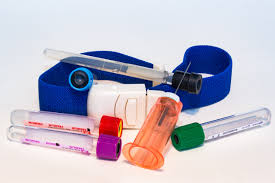
XVIII. Handling Precautions
It's crucial to take precautions when using Permethrin Soap to protect yourself and those around you. Make sure to dispose of the containers responsibly to prevent any harm to the environment or accidental exposure. Following safety protocols that include strategies to prevent ingestion or unwanted contact with the product is essential, for safety.








